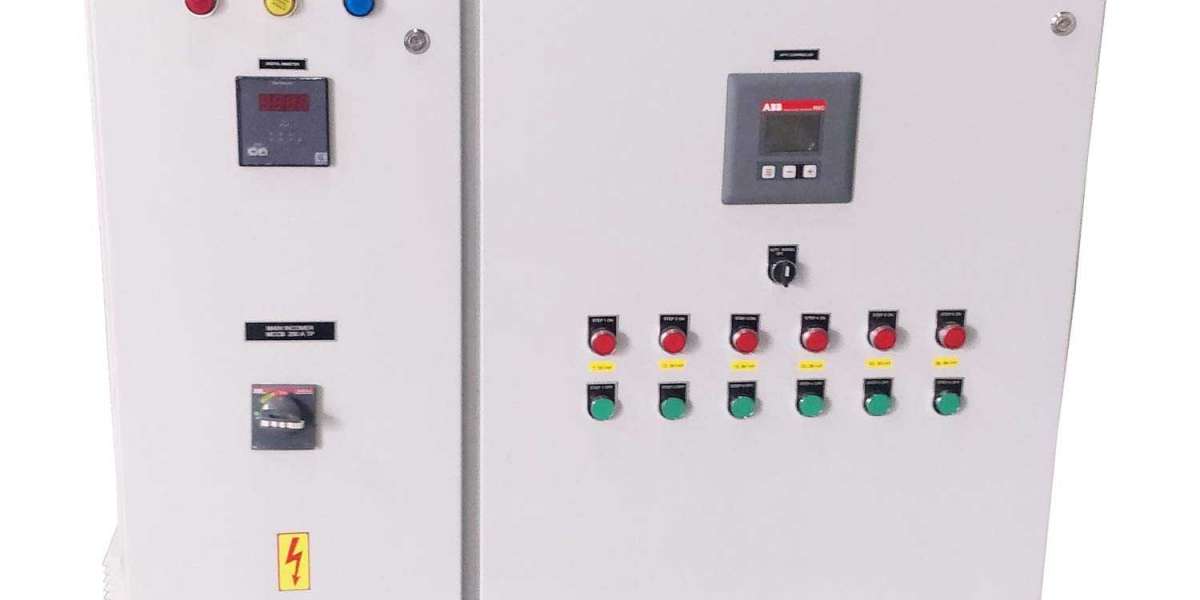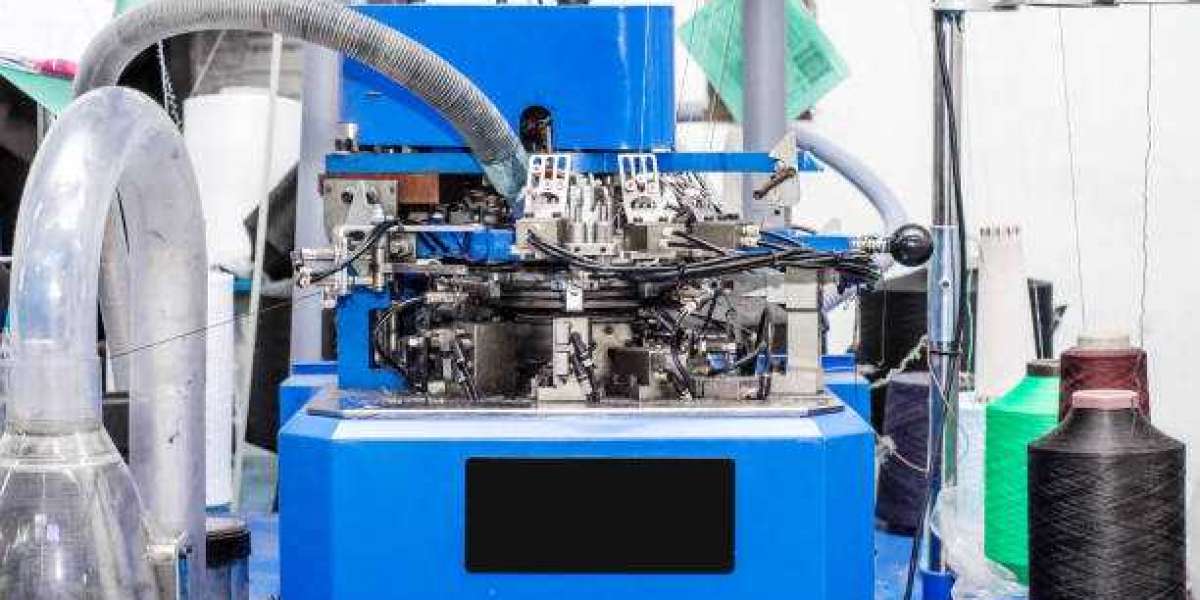Network-as-a-Service 2024
In an era where businesses are increasingly reliant on robust and scalable network solutions, Network-as-a-Service (NaaS) has emerged as a transformative model that offers flexible and efficient network management. NaaS allows organizations to leverage network services on a subscription basis, reducing the need for extensive on-premises infrastructure while providing access to advanced technologies. The Network-as-a-Service Market Growth illustrates this trend, with the market size recorded at USD 19.2 billion in 2023, and an expected rise to USD 285.9 billion by 2032, growing at a CAGR of 35% over the forecast period from 2024 to 2032.
The Concept of Network-as-a-Service
Network-as-a-Service is a cloud computing model that provides networking services such as connectivity, bandwidth, and network management through virtualization and cloud-based platforms. By utilizing NaaS, organizations can access network resources without the complexity and costs associated with traditional networking infrastructure. This model is particularly advantageous for businesses looking to scale their operations rapidly, as it allows them to pay for only what they use, making it a cost-effective solution.
With NaaS, companies can deploy virtualized network resources such as firewalls, load balancers, and virtual private networks (VPNs) with ease. This flexibility enables businesses to adapt quickly to changing demands, ensuring that they can maintain optimal performance levels regardless of fluctuations in traffic or user needs.
Benefits of Network-as-a-Service
One of the primary benefits of adopting a Network-as-a-Service model is enhanced scalability. As organizations grow, their network requirements evolve. NaaS enables them to scale their network capabilities seamlessly, adding or reducing resources based on current demands without the need for significant capital investments. This agility allows businesses to focus on their core operations rather than on the complexities of network management.
Another advantage of NaaS is improved cost efficiency. Traditional networking models often involve substantial upfront capital expenditures for hardware and software, as well as ongoing maintenance costs. In contrast, NaaS operates on a subscription basis, allowing organizations to allocate their budgets more effectively. This financial predictability is particularly beneficial for small and medium-sized enterprises (SMEs) that may not have the resources to invest heavily in network infrastructure.
Additionally, NaaS enhances network performance and reliability. Service providers typically utilize advanced technologies and optimized infrastructure, ensuring that businesses benefit from high-speed connectivity and minimal downtime. Moreover, with NaaS, companies can take advantage of the latest advancements in networking technologies without the burden of constant upgrades, as providers manage and maintain the infrastructure.
Security Considerations in NaaS
While the benefits of Network-as-a-Service are compelling, businesses must also consider the security implications associated with outsourcing their network management. With NaaS, sensitive data is transmitted over third-party networks, raising concerns about data breaches and cyber threats. To address these challenges, organizations must partner with reputable NaaS providers that implement robust security measures, including encryption, intrusion detection systems, and regular security audits.
Furthermore, organizations should ensure that their service-level agreements (SLAs) clearly outline security protocols and responsibilities. Understanding the security posture of their NaaS provider is crucial for businesses to mitigate risks and protect their sensitive information.
The Future of Network-as-a-Service
As technology continues to evolve, the future of Network-as-a-Service looks promising. The growing adoption of the Internet of Things (IoT) and the increasing demand for cloud-based applications are driving the need for flexible networking solutions. NaaS is well-positioned to meet these demands, providing businesses with the tools they need to thrive in a digital landscape.
Additionally, the emergence of 5G technology is expected to further propel the NaaS market. With its ability to deliver faster speeds and lower latency, 5G will enable more organizations to leverage NaaS solutions, particularly for applications that require real-time data processing and seamless connectivity.
In conclusion, Network-as-a-Service represents a significant shift in how businesses manage their network infrastructure. By offering scalability, cost efficiency, and enhanced performance, NaaS enables organizations to focus on their core competencies while ensuring they have access to the necessary network resources. As the market continues to grow, businesses that embrace this model will be better equipped to navigate the complexities of modern networking and seize new opportunities in an increasingly interconnected world.
Contact Us:
Akash Anand – Head of Business Development Strategy
info@snsinsider.com
Phone: +1-415-230-0044 (US) | +91-7798602273 (IND)
About Us
SNS Insider is one of the leading market research and consulting agencies that dominates the market research industry globally. Our company's aim is to give clients the knowledge they require in order to function in changing circumstances. In order to give you current, accurate market data, consumer insights, and opinions so that you can make decisions with confidence, we employ a variety of techniques, including surveys, video talks, and focus groups around the world.
Read Our Other Reports:













